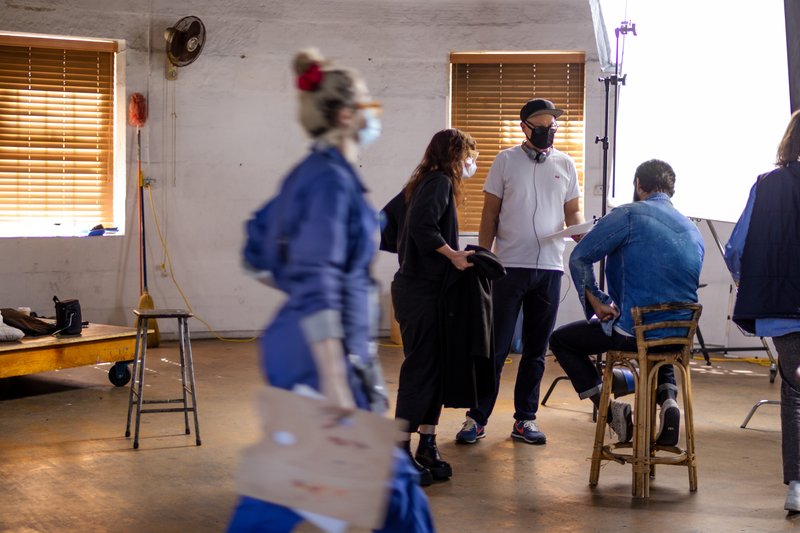COVID-19 Response: Impact on the visual arts and hopes for the Inquiry
NAVA will be making a submission to the inquiry into the response to the COVID-19 pandemic and encourages you to add your voice.
NAVA will be making a submission to the inquiry into the response to the COVID-19 pandemic and encourages you to add your voice.

The Federal Government recently announced an independent inquiry into the response to the COVID-19 pandemic. The terms of reference have been released and submissions are due on Friday 15 December 2023. This inquiry aims to review what went well, what went wrong, and how national systems can be improved to better handle future pandemics.
The visual arts, craft and design sector faced significant challenges throughout the pandemic, and it is imperative that the inquiry acknowledges these struggles and provides practical recommendations for a more robust response to future crises.
NAVA strongly encourages artists, arts workers, and organisations to make a submission to the inquiry. Firsthand experiences are crucial for documenting impact and shaping the inquiry’s recommendations. A handful of responses from peak bodies will not have the same impact as thousands of first-hand accounts from artists, arts workers, and organisations that make up the sector.
The COVID-19 pandemic posed several challenges for artists, arts workers and organisations including:
Throughout this period, NAVA undertook several snap surveys revealing:
Following more than six years of debilitating policy shifts and funding cuts to the arts, the sector was hit by the pandemic, already tired and under-resourced. Lockdowns, cancellations, and a lack of financial support had devastating, long-lasting consequences.
Support is near:
Behind the scenes of NAVA's Sit For An Artist campaign, 2021. Photo: Lauren O Photography. Location: National Art School.
[ID: Photo of five people in an art studio, two are wearing face masks and talking to a person sitting on a stool, their back to the camera, one is walking across the frame wearing overalls and a facemask, in the top right of the frame is a large photographic fill light.]